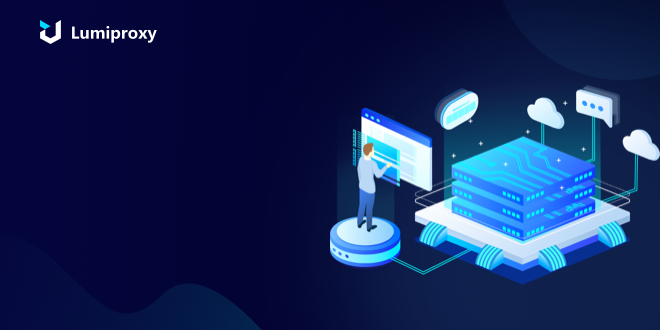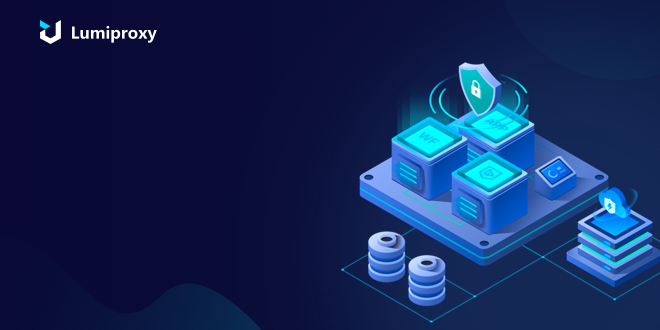In today's digital age, data collection and web crawling have become essential business activities for many companies and individuals. For crawling search engine data, especially Google, using proxies is a common means. However, using proxies to crawl Google is not an easy thing, there are many common misconceptions that may lead to crawl failure or even be banned. In this article, we will introduce you to seven common misconceptions in the use of proxies to crawl Google, and provide you with suggestions to avoid these misconceptions to ensure a smooth Google data crawl.
Myth 1: Free proxies solve all problems
Many people will choose to use free proxies to crawl Google data because they save money. However, free proxies are usually of lower quality, have slower connection speeds, are easily blocked, and have poorer privacy protection.Google can easily detect a large number of requests using free proxies, and thus may block the IP addresses of these proxies. It is recommended to choose paid high-quality proxy services to ensure stable and reliable data crawling.
1. Unstable: Free proxies are usually provided by unstable servers, which are prone to connection interruptions or inaccessibility, resulting in unstable and unreliable data capture.
2. Slow speed: As free proxies are shared by a large number of users, the server load is high, resulting in slow connection speed and affecting the efficiency of data collection.
3. Easily blocked: As free proxy is usually used by multiple users at the same time, and these users may carry out a large number of frequent crawling behaviors, resulting in the proxy IP address being easily blocked by Google, which makes it difficult to carry out data collection.
4. Security risks: Free proxies usually do not undergo strict security review and supervision, and may have security vulnerabilities and data leakage risks, affecting users' data security and privacy.

Myth 2: Using a large number of concurrent connections increases efficiency
Some people think that increasing the number of concurrent connections can speed up data crawling. However, Google has its own anti-crawler mechanism, and a large number of concurrent connections will cause alerts and lead to IP blocking. Setting the number of concurrent connections appropriately and avoiding too frequent requests can reduce the risk of being banned while maintaining better crawling efficiency.
Myth 3: Ignoring Privacy and Legal Issues
Ignoring privacy and legal issues when using proxies to crawl Google data can have serious consequences. For example, some countries and regions have strict legal regulations on data crawling, and unauthorized data crawling may be illegal. In addition, crawling sensitive user information or violating user privacy can also lead to legal issues. It is important to understand local laws and regulations before performing data crawling to ensure that you are legally compliant with your crawling activities.
Myth 4: Ignoring Google's robots.txt file
Google's robots.txt file is a file used by webmasters to instruct search engine crawlers which pages can be accessed and crawled. Ignoring the robots.txt file and directly crawling the website data may result in the website being considered by Google as a violation of the rules, which may affect the website's ranking in the search results or be blocked. Be sure to comply with the website's robots.txt file when performing data crawling to avoid unnecessary trouble.
Myth 5: Not setting User-Agent or using the same User-Agent
User-Agent is an HTTP header field that identifies the client's information. Not setting User-Agent or using the same User-Agent will make it easy for Google to detect that a large number of requests are coming from the same client and be considered a malicious crawler. Setting the User-Agent correctly and simulating the access behavior of real users can reduce the risk of being banned.
Myth 6: Frequently changing proxy IP
Some people may change proxy IP frequently to avoid being banned. However, changing proxy IP too frequently may be regarded as malicious behavior by Google and lead to more bans. It is recommended to choose a stable proxy IP and adjust the crawling frequency appropriately to avoid being banned.
Myth 7: Ignoring the geographic location of proxy IP
When crawling Google data, the geographic location of the proxy IP is very important. If the proxy IP used is too different from the location of the target website, it may lead to inaccurate data or blocking. Choosing a proxy IP with a similar geographic location to the target website can improve crawling efficiency and data accuracy.

Conclusion:
When using proxies to crawl Google data, you need to avoid the above seven common misconceptions to ensure smooth data crawling and reduce the risk of being blocked. Choosing a high-quality paid proxy service, legally complying with data crawling, setting the number of concurrent connections appropriately, adhering to the website's robots.txt file, setting the User-Agent correctly, choosing a stable proxy IP, and considering the geographic location of the proxy IP are all key factors to ensure successful Google data crawling. By avoiding common misconceptions, you can perform Google data crawling more efficiently and gain valuable information and insights from it.
























 English
English